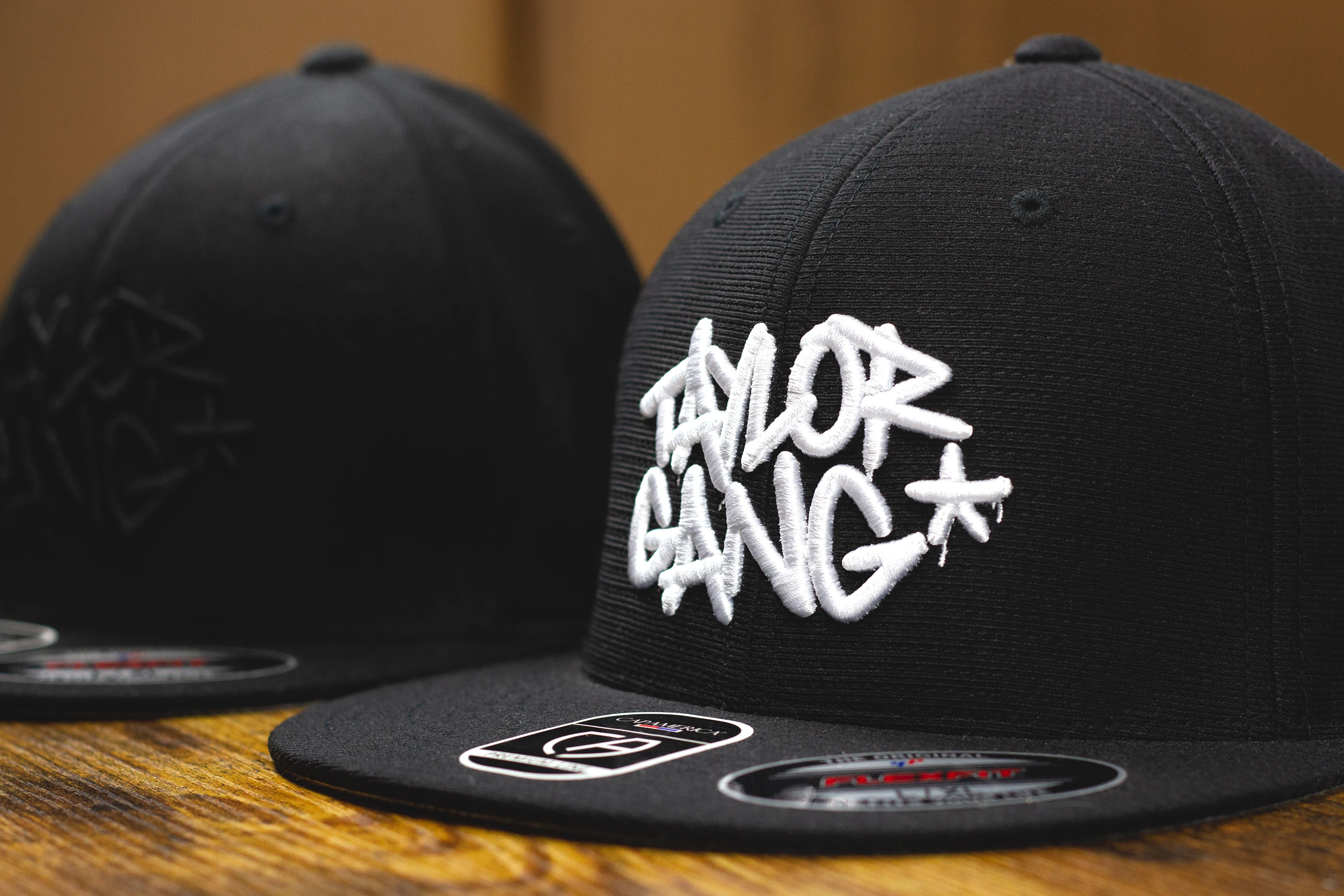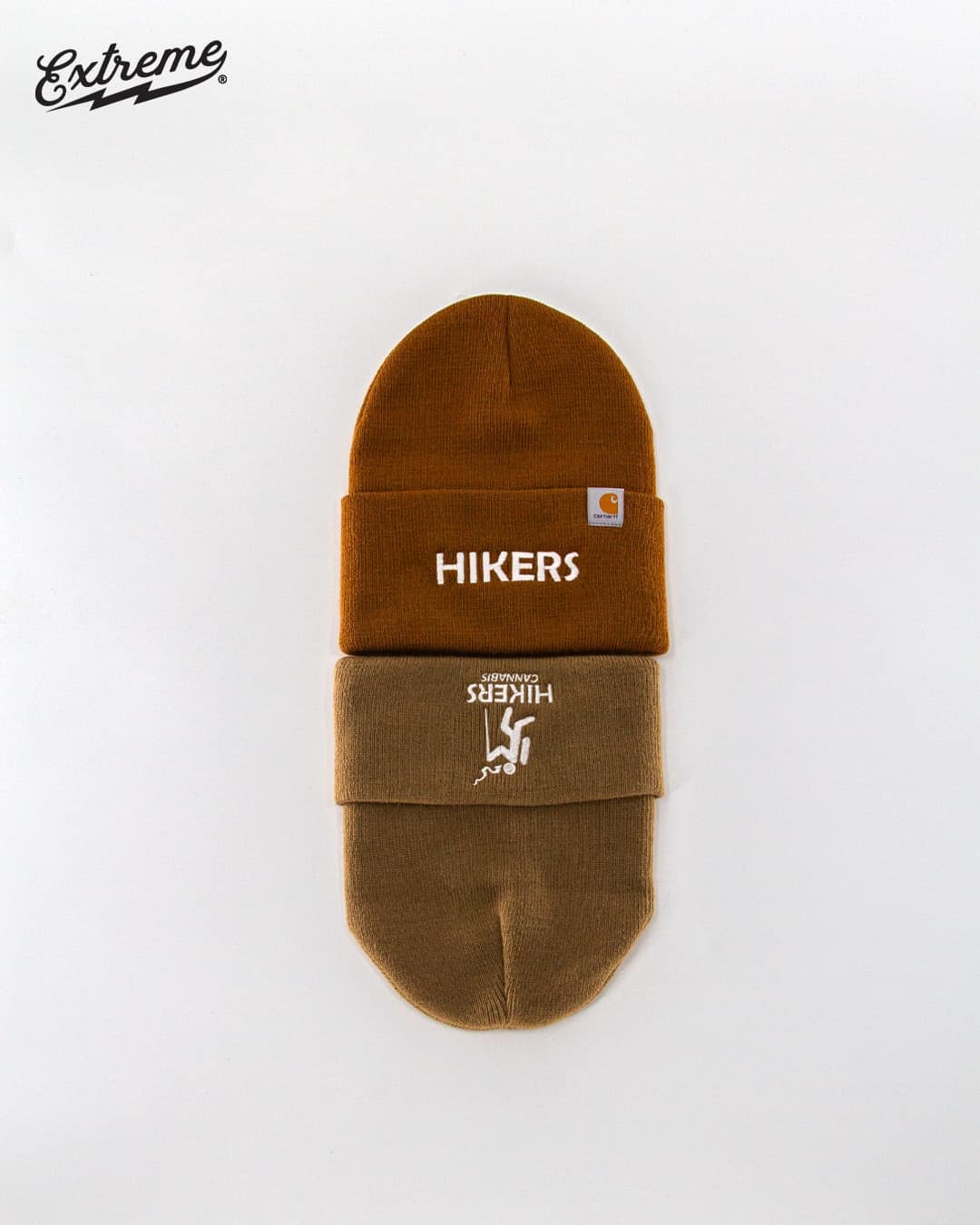

Custom apparel embroidery adds premium product offerings, opening new revenue streams and customer segments. Brands offering only screen-printed apparel miss opportunities in corporate markets, professional workwear, and premium merchandise. Embroidered products command higher prices through exceptional durability and professional appearance.
Extreme Screen Prints provides custom embroidery services as part of its 15+ years of apparel decoration expertise. This guide covers business opportunities, profitability drivers, product selection strategies, and implementation approaches. You'll learn pricing methodologies based on stitch count systems and marketing strategies for expanding your apparel business with premium custom embroidery services.
Embroidered products are extremely durable and become lifetime products on quality garments.
Adding custom apparel embroidery expands market reach beyond printing limitations. Brands offering only screen-printed products cannot serve corporate clients requiring professional, durable branding. Competitors providing both printing and embroidery capture higher-value customers willing to invest in premium branded apparel.
Embroidery expansion solves market coverage gaps and revenue growth challenges. Corporate uniform programs, professional workwear companies, and organizations need embroidered logos to withstand heavy use and repeated washing. These markets represent substantial revenue opportunities with higher average order values and recurring demand patterns.
Key Market Expansion Benefits:
Embroidery complements existing screen printing capabilities rather than replacing them. Many brands use embroidery for corporate polos and uniforms while maintaining screen printing for event apparel.
Extreme Screen Prints provides custom embroidery services as part of 15+ years of apparel decoration expertise.
Custom embroidery profitability stems from premium pricing justified by exceptional durability. Embroidered products cost more per piece than printed alternatives but command higher prices, reflecting lifetime value. Corporate clients recognize embroidery quality and pay accordingly.
Profit margins exceed screen printing through positioning as a premium service requiring specialized skills and equipment.
Premium pricing for embroidered products reflects exceptional value delivery. Embroidered logos maintain their appearance through years of washing, while printed designs eventually crack or fade. Durability justifies a higher initial investment through an extended garment lifespan.
Corporate clients recognize embroidery quality signals and expect premium pricing through our professional embroidery services. Professional organizations purchasing branded uniforms prioritize longevity over initial cost savings. Pricing based on a stitch count system provides transparent value calculation.
One-inch block equals 2,000 stitches, providing a baseline for cost estimation. Complex designs require more stitches, increasing production time and thread requirements.
Corporate apparel programs require durable professional branding, maintaining appearance through industrial washing cycles. Work shirts and uniforms for skilled trades and service technicians demand embroidery's exceptional durability. Professional polo shirts with embroidered logos serve business environments. These customers value durability, justifying premium pricing.
Each 1/4-inch letter adds approximately 100 stitches to the total design count.
Product selection strategy determines embroidery expansion success. Strategic product selection based on fabric characteristics, customer demand patterns, and market opportunities maximizes profitability.
Focus initial embroidery offerings on proven product categories before expanding. Starting with 2-3 core products allows for testing market response.
• Polos for corporate branding: Professional styling and collar structure suit business environments. Medium-weight polo fabrics accommodate embroidery without puckering while providing a professional appearance.
• Work shirts for durability: Industrial uniforms, service technician shirts, and skilled trade workwear benefit from embroidered company logos. Heavy-duty work shirt fabrics withstand embroidery's structural demands.
• Caps and accessories: Embroidered caps provide mobile brand advertising with exceptional durability. Three-dimensional appearance creates visual interest.
• Hoodies and outerwear: Substantial fabric weight accommodates embroidery easily. Casual yet professional appearances suit modern workplace environments.
• Bags and promotional items: Corporate tote bags, gym bags, and laptop bags with embroidered logos extend brand presence into daily life.
Medium-to-heavy-weight fabrics accommodate embroidery best, while lightweight materials need careful stabilization. Product selection priorities focus on customer demand, fabric suitability, and market opportunity size.
Minimum text height of 1/4 inch per character for legibility.
Implementation follows clear phases, reducing risk while building capabilities. Partnership approaches enable the fastest market entry, while in-house development provides complete control.
Successful expansion requires planning, testing, and scaling rather than immediate transformation.
Partnership approaches reduce upfront investment by eliminating equipment purchases and staff training requirements.
Decision factors include investment requirements, volume expectations, control preferences, and timeline constraints. Partnership and in-house approaches offer different advantages, serving different business situations.
Partnering with established embroidery providers eliminates major equipment investments. Professional digitizing services come included providing expertise without developing internal capabilities. Commercial embroidery machines cost tens of thousands of dollars.
No staff training requirements accelerate market entry timelines. Partners handle technical processes, including thread management, stabilizer selection, and machine operation.
Scalability without capacity constraints allows handling volume fluctuations. Quality guarantees from established providers protect brand relationships.
Equipment investment includes commercial embroidery machines, digitizing software, and supporting infrastructure. Multi-head embroidery machines require significant capital outlay. Staff training covers machine operation, thread color matching, and quality control procedures. Volume requirements must justify equipment costs through breakeven analysis.
Professional digitizing services convert artwork into machine-readable embroidery patterns.
Stitch count-based pricing provides a transparent cost calculation methodology. Complexity, thread requirements, and production time correlate with total stitch counts.
• Stitch Count Calculations: One-inch block equals 2,000 stitches, providing a baseline calculation.
• Half-inch designs: Half-inch square equals 500 stitches for smaller elements.
• Text pricing: Each 1/4 inch letter adds 100 additional stitches to the total count.
• Quick estimation: The Length × Width × 2 × 1,000 formula provides ballpark costs.
• Example calculation: A 3-inch by 2-inch logo equals 12,000 stitches (3 × 2 = 6; 6 × 2 = 12; 12 × 1,000).
Design complexity affects final pricing through increased production time. Thread color changes add setup time, increasing costs.
Our comprehensive custom embroidery services include detailed pricing consultation and professional guidance for your product line expansion.
Use the Stitch Count Estimator PDF for project planning and cost estimation.
Premium positioning attracts quality-focused customers who value durability and professional appearance. Marketing strategies emphasizing these benefits effectively reach target customers.
• Corporate positioning: Emphasize professional appearance, creating a credible business image. Durability justifies premium pricing through lifetime product potential.
• Durability messaging: Highlight extremely durable construction, withstanding heavy use and washing. Lifetime value propositions justify higher initial investments.
• Visual differentiation: Showcase three-dimensional appearance and premium quality. Raised embroidered logos communicate quality unavailable with printing.
• Target market focus: Direct marketing toward HR departments, businesses purchasing branded workwear, and professional organizations.
• Comparative advantages: Position embroidery versus printing for appropriate applications. Many brands use both methods strategically.
Portfolio examples demonstrate embroidery value through finished product samples created with our custom embroidery services. Physical samples allow customers to experience the three-dimensional appearance firsthand.

Embroidered logos are extremely durable and create potential lifetime products on quality garments.
How do I calculate embroidery costs for my product line?
Embroidery costs are calculated from the total stitch count, determining production time and complexity. Use the formula Length × Width × 2 × 1,000 for ballpark stitch counts. A 3-inch by 2-inch logo is estimated at 12,000 stitches. Understanding stitch counts helps predict costs: simple text logos may total 4,000-6,000 stitches, while complex graphics reach 15,000-20,000 stitches. Thread color changes and design intricacy add to total costs.
What minimum order quantities should I expect for embroidery?
Minimum order quantities vary by provider based on setup costs. Digitizing represents a one-time setup fee amortized over order quantities. Larger orders reduce per-piece digitizing costs, making embroidery more economical at scale. Start with test quantities of 12-24 pieces, validating market demand before committing to full production runs. Testing allows evaluating garment quality, design execution, and customer response without major financial risk.
How long does it take to add embroidery services to existing product lines?
Partnership approaches enable immediate capability without equipment purchases or staff hiring delays. Working with established embroidery providers allows launching services within weeks rather than months. In-house development requires equipment procurement, facility preparation, and staff training spanning several months. Commercial embroidery machines need 4-8 weeks for delivery and installation. Most brands achieve full embroidery integration within 3-6 months using partnerships while maintaining flexibility to scale based on demand.
Can embroidery work on all my current apparel products?
Embroidery works best on medium-to-heavy weight fabrics, including polo knits, work shirt materials, and structured outerwear. Lightweight fabrics need careful stabilization, preventing puckering around embroidered areas. Stretchy materials require specialized hooping techniques to manage fabric movement during stitching. Polos, work shirts, hoodies, caps, and bags accept embroidery most effectively due to fabric weight and structure. Professional embroiderers assess fabric suitability and recommend appropriate stabilization approaches for each garment type, ensuring quality results.
How does embroidery pricing compare to screen printing for my brand?
Embroidery typically costs more per piece than screen printing due to time-intensive stitch-by-stitch production. Screen printing excels for large graphics and high-volume orders with faster production speeds. Embroidery's extreme durability and premium appearance justify a higher investment for professional applications like corporate uniforms and executive apparel. Many brands use both methods strategically: embroidery for professional workwear and corporate apparel, screen printing for event shirts and promotional products. This combined approach maximizes market coverage, serving different customer needs and price points.
What artwork preparation is needed for embroidery digitizing?
Vector artwork formats, including AI, EPS, and PDF files, provide optimal digitizing results. Vector files allow clean scaling and accurate line interpretation for professional embroidery patterns. High-resolution raster images at 300 DPI minimum work when vector files aren't available, though vector formats produce better results. Minimum text height of 1/4 inch per character ensures legibility as smaller text loses definition through individual stitches. Professional digitizing services optimize designs for embroidery production while managing stitch count efficiency and visual quality.
What's the minimum investment required to add embroidery services?
Investment varies by approach. Partnership models require minimal upfront investment with just setup fees and order costs. In-house development demands substantial capital for commercial embroidery machines ($20,000-$50,000+), digitizing software, and facility preparation. Most brands start with partnerships to test market demand.
How do I choose the right embroidery partner?
Look for established providers with proven quality standards, professional digitizing capabilities, and apparel brand experience. Evaluate the portfolio, turnaround times, quality control processes, and communication practices. Request samples to assess embroidery quality and consistency.
What embroidery products have the highest profit margins?
Corporate polos and work shirts generate the highest profit margins due to premium positioning and recurring uniform program demand. These products justify higher prices through professional appearance and durability requirements. Custom caps and accessories also offer strong margins through perceived value and brand visibility.
How long does a product launch take through partnerships?
Partnership approaches typically enable product launch within 2-4 weeks after finalizing designs and selecting garments. This includes digitizing artwork, sample production, and quality approval. Timelines vary based on design complexity and partner workload.
What are the most profitable pricing strategies?
Value-based pricing works best, emphasizing lifetime value rather than production costs alone. Structure pricing to reflect durability, professional appearance, and competitive differentiation. Premium positioning justifies 20-40% higher prices than printed alternatives when quality and durability are emphasized.
Custom apparel embroidery creates profitable market expansion opportunities through premium product positioning and corporate customer access. Exceptional durability produces lifetime products, justifying higher pricing while strengthening customer relationships.
Extreme Screen Prints' embroidery services combine 15+ years of apparel decoration expertise with professional digitizing capabilities. Stitch count estimation tools and pricing transparency help brands understand costs. Call (616) 202-1133 for an embroidery consultation discussing your product line expansion goals.
Don't wait to expand product offerings, capturing corporate markets. Embroidery differentiation positions your brand as a comprehensive apparel solution provider. Get an embroidery quote or contact us for branding solutions combining embroidery and screen printing expertise.